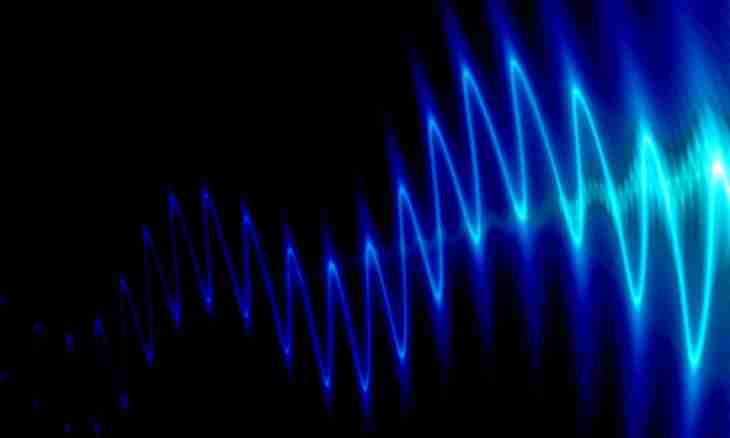The sound wave has rather simple physical nature based on fluctuations in elastic continuous media. However at the same time the description of some of the sound phenomena is quite labor-consuming.
Instruction
1. The physical phenomenon of a sound represents the extending indignation of elastic waves. Wednesday for distribution of such wave there can be any substance having property of elasticity that is liquid, gas or a solid body. It is known that distribution of any waves requires existence of fluctuations of any parameter which are transferred with a wave. In case of a sound such fluctuations are oscillations of coordinates of particles of the environment.
2. The sound wave has the characteristics peculiar to any other wave, that is amplitude and frequency of fluctuations, a range of frequencies, a phase, distribution speed. Each of characteristics influences external manifestation of a sound. Amplitude of fluctuations is expressed in the loudness perceived by such receivers as a human ear or the microphone. Frequency of fluctuations indicates sounding height. It is known that the person is capable to perceive sounds in frequency range from 20 Hz to 20 KHZ. Therefore all frequency range of a sound can be divided into two components: low-frequency (that is lower than 20 Hz) is called an infrasound, and high-frequency – ultrasound.
3. In terms of physics of processes of a sound wave, fluctuations of particles of the environment lead to oscillations of density or pressure of its layers. The above, for example, the volume of sound, the bigger pressure have the condensed air layers. It is also known that perception of loudness by the person depends also on sound height.
4. The range of frequencies of a sound wave characterizes a timbre of the heard sound. The more spectral components the wave has, the more overtones can be distinguished.
5. It is worth noticing that, in fact, the sound wave consists of a set of strongly condensed and strongly rarefied substance layers. Each layer moves in space, taking the place of other next layer and making the way, thus, to the receiver.
6. As the sound is wave process, such wave phenomena as diffraction and an interference are peculiar to it. Diffraction of a sound allows to hear a source, being behind any obstacle. If the sound wave had no opportunity to diffract, then it would be impossible to hear the speech of the person who is in the neighboring room or just behind a fencing. The interference of a sound becomes noticeable only in special physical experiments.
7. The sound wave has quite certain speed of distribution, equal 340 — 344 m/s. This size depends on the environment of distribution, its density. For example, acoustic speed in liquids is more, than in gases, and in a solid body it is more, than in liquids.

